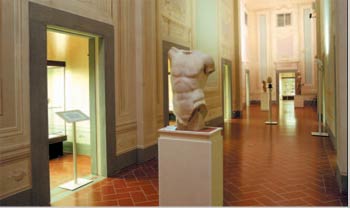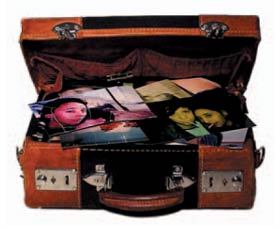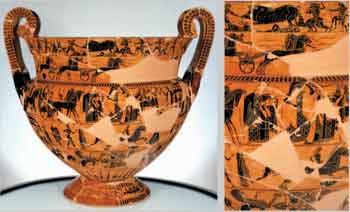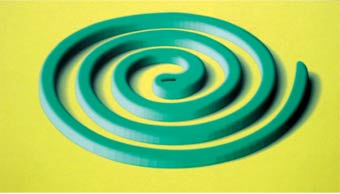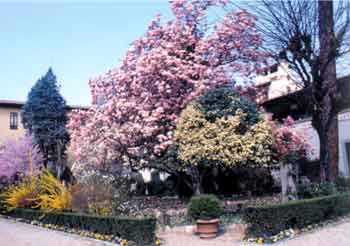
MUSEO ARCHEOLOGICO
Via della Colonna 38
tel. 055/23575
![]() critical
text byMatteo Chini
critical
text byMatteo Chini
Though
linked by an undeniable historical and cultural continuity, the ancient
works in the prestigious Archaeological Museum of Florence and the contemporary
works populating its streets are so extremely different that they might
appear incongruent or even impossible to compare. They are separated not
only by a chronological distance but also by an ontological and linguistic
difference. Paradigms, forms, poetics and functions, in fact, vary through
time and space and according to the different cultures and single artists
that produce them. The dialogue is then bound, at least at the beginning,
to be a clash, a conflict, a shock allowing both ancient and contemporary
art to pronounce themselves as lacking any hypocrisy. Declaring their
radical reciprocal extraneousness is the only way for them to establish
a deep and genuine link.
This is the point the three young artists from Florence have started from
this year. Confronted with the non-spatial perception of time of the pre-modern
cultures, Irene Iunco and Francesco Petroni react with a video-installation
representing a little theatre of domestic alienation, a sort of video-game
beating the repetitive time of routine.
Emma Innocenti chooses to relate directly to the idea and practice that
lie behind archaeological research itself. An open case contains hundreds
of photos, whose "finding" reports the intimate story of two
friends, a "personal archive" that allows the viewer to piece
together a sort of palaeography of private life.
Giuseppe Restano, then, works on the constant presence of myth, drawing
a comparison between the stories painted on the François vase and
a big picture showing a mosquito coil. In this way, the Greek heroes animating
the five vase bands are echoed by a totemic green spiral, a true icon
of standardized consumerism.
